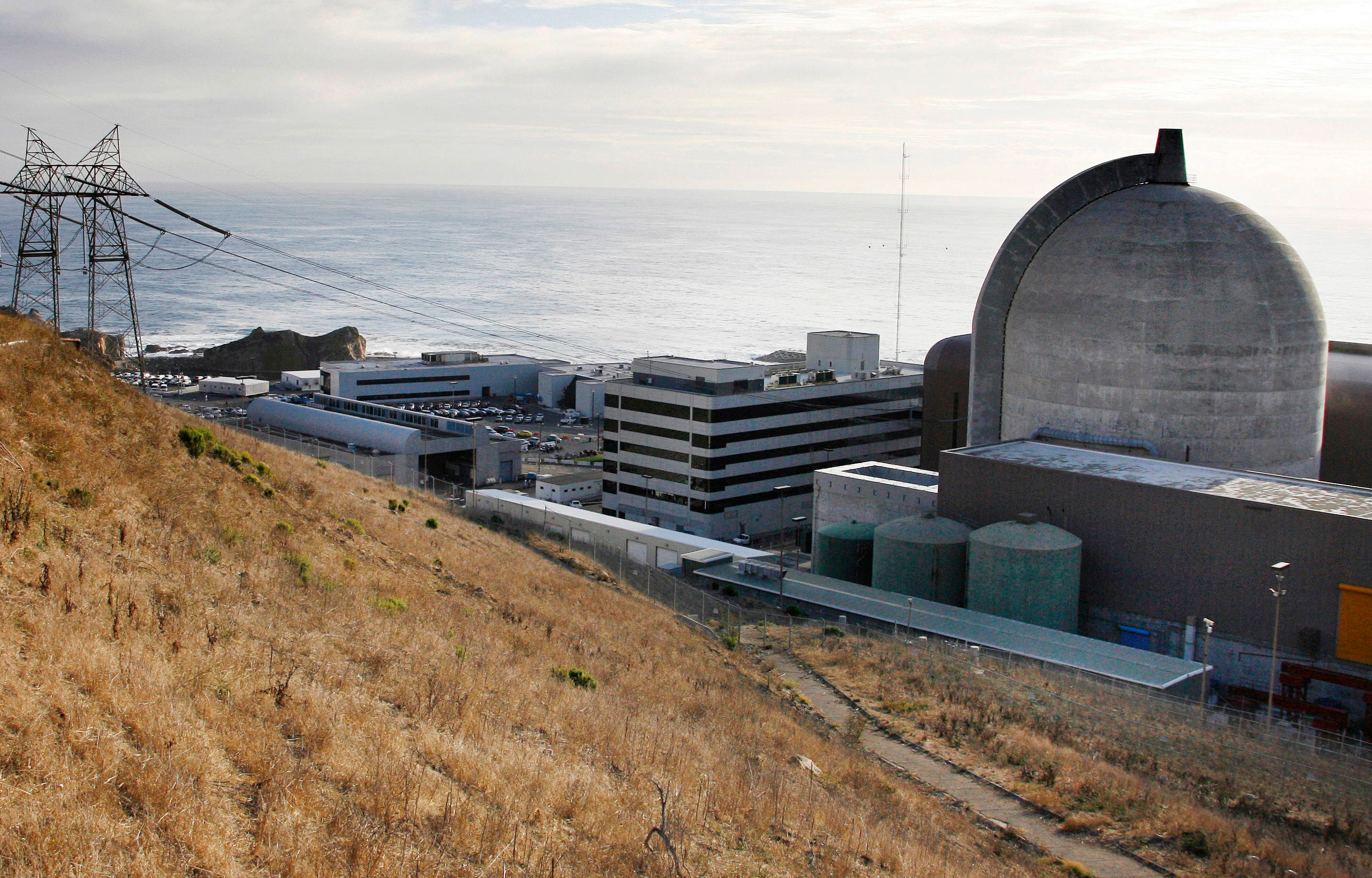Decision on California's last nuke plant could be postponed
California legislators and Gov. Gavin Newsom’s office are discussing a compromise over the future of the state’s last operating nuclear power plant that could allow operator Pacific Gas & Electric to seek federal funds for a longer lifespan for the reactors

California legislators and Gov. Gavin Newsom’s office are discussing a possible compromise over the future of the state’s last operating nuclear power plant that could allow operator Pacific Gas & Electric to seek federal funds for a longer lifespan for the reactors.
The tentative proposal would amount to a legislative placeholder, keeping the idea of an extended run for the Diablo Canyon Nuclear Power Plant in play while giving the Legislature more time to consider earthquake safety, delayed maintenance and other issues at the site, located midway between Los Angeles and San Francisco.
The plan surfaced amid the chaotic, final days of the Legislature’s two-year session, which ends at midnight Wednesday.
On Aug. 12, the Democratic governor proposed extending the plant’s operating run by five to 10 years beyond its scheduled closing by 2025, which he said was necessary to maintain reliable power supplies in the climate change era.
But legislators have complained about being bull rushed at the last minute with a vastly complex plan, which would have to be in print as a bill by late Sunday to be considered in this session.
At a state Senate Energy Committee meeting Thursday, Sen. John Laird, a Santa Cruz Democrat whose district includes the plant, raised the possibility of the Legislature doing what is “absolutely necessary” to allow investor-owned PG&E to seek the federal funds, while putting off other, more contentious questions tied to the future of the reactors until next year when the Legislature returns.
The Biden administration has established a $6 billion program to rescue nuclear plants at risk of closing, but to apply by a Sept. 6 deadline, Diablo Canyon needs state legislation to show it has a pathway to continue operations beyond its planned shutdown.
At the hearing, a top Newsom administration official, Ana Matosantos, agreed that Laird's proposal was a possibility to allow PG&E to seek the funds, among other options that could be considered. The state expects to know by January if the reactors would qualify for a share of the funding, which some critics have doubted.
“There is active conversation, and there will be bill language circulating at some point” on a possible compromise, Laird said in an interview after the hearing. With negotiations continuing, it wasn't immediately clear what the final proposal would look like.
Newsom’s late-hour plan that included a $1.4 billion forgivable loan for PG&E also has seen resistance from other Democratic legislators, who have proposed an alternative that would speed up the development of solar and other renewable power sources but require the nuclear plant to close as scheduled.
Newsom’s proposal would attempt to unspool a complex 2016 agreement among environmentalists, plant worker unions and the utility to close the decades-old plant by 2025. The joint decision also was endorsed by California utility regulators, the Legislature and then-Democratic Gov. Jerry Brown.
In doing so, he's restarted a long-running debate over seismic safety at the site, which has several earthquake faults in the vicinity, with one running 650 yards (594 meters) from the reactors.
Environmental groups depicted the move as a “dangerous” betrayal of the 2016 pact. Plant workers and pro-nuclear activists have supported an extended run for the plant, citing the need for its carbon-free power amid a warming climate.
There is little time to work out a compromise. PG&E CEO Patricia “Patti” Poppe told investors in a call last month that state legislation would have to be signed by Newsom by September to open the way for the utility to reverse course.
In an appearance in Los Angeles this week, Newsom expressed confidence his proposal would be approved.
“I’m confident we’ll land this,” he said.
PG&E also would have to obtain a new operating license from the Nuclear Regulatory Commission to run the plant beyond 2025. The utility is following two tracks — assessing the possibility of a longer run, while simultaneously continuing to plan for closing and dismantling the plant as scheduled.
PG&E Vice President Maureen Zawalick told the Diablo Canyon Decommissioning Engagement Panel this week that if the state enacts the needed legislation “we would take immediate actions" to seek an extended license, while applying for the federal funding.
Bookmark popover
Removed from bookmarks